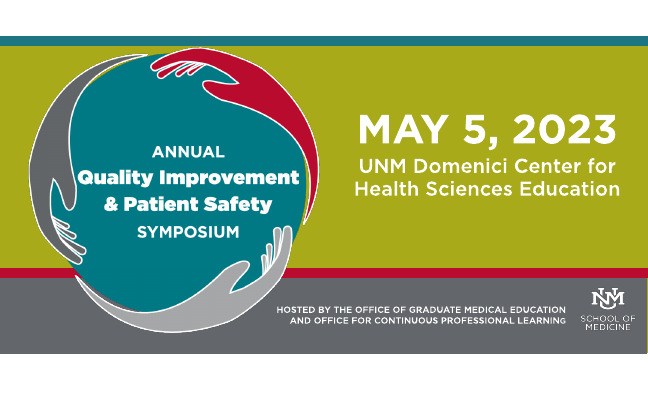Document Type
Poster
Publication Date
5-5-2023
Abstract
INTRODUCTION The Sandia and Manzano mountains were inhabited by the Pueblos as far back as the 1300s 1. In 1932 the US government built a tuberculosis sanatorium for Native Americans on the land next to the current University of New Mexico (UNM) Hospital, eventually becoming the US Government Indian Hospital, a regional medical center for Native Americans. However, as the population of Bernalillo County grew, the county wanted to operate a hospital to serve non-Native patients on this land. In 1952 the Pueblo Native American governors agreed to give up their land encompassing the Indian Hospital for the government-funded construction of UNM Hospital. In exchange for the land, the 1952 Contract agreed to prioritize the care of Native American patients. The 2004 Consent Amendment to the 1952 Contract established a prescription voucher program, ensuring that Native American patients do not have to pay for prescription drugs otherwise not covered by insurance.
In several instances, our hospitalized Native American patients were unaware of the Prescription Voucher Program. As a result, they expressed difficulty paying for their prescription medications at discharge, pointing to a significant gap between those who receive the prescription vouchers and those who qualify and could benefit. This QIQA project aims to fulfill UNM Hospital's commitment to the Sandia Pueblo and Indian Health Services, who sacrificed their land so that UNM could exist, by increasing the utilization of prescription vouchers through patient and provider education. Increasing awareness of, and access to, the voucher program for all Native Americans is a small step towards restitution for the US history that has contributed to Native American health disparities.
METHODS PDSA Cycle 1: 8.5x11 color flyers will be included in patient admission packets on the 4W and 5W floors of the University of New Mexico Hospital. Team members will check once weekly for the 4-week PDSA cycle to record the percentage of flyers received by patients. Pharmacy staff will track the number of free prescription vouchers utilized. Data will be compared to the number of prescription vouchers used during January, February, and March prior to Cycle 1 intervention. A paired T-test will determine a statistically significant difference between the two months.
PDSA Cycle 2: 8.5x11 color flyers will be distributed in the provider lounge, resident workrooms, and to pharmacy staff regarding the availability of the free prescription voucher program to native patients. In addition, 15-minute presentations describing the availability of the Free Prescription Voucher program will be given to Internal Medicine residents, APPs, inpatient attending physicians, and sound physicians. Team members will check once weekly during the 4-week PDSA cycle to ensure flyers remain available in the workroom. Over the 4 weeks, pharmacy staff will track the number of free prescription vouchers utilized. This data will be compared to the number of prescription vouchers used during January, February, and March prior to Cycle 1 intervention. A paired T-test will determine a statistically significant difference between the two months.
RESULTS: Pending
DISCUSSION Underutilization of the Prescription Voucher Program is likely multifactorial. It includes the inconsistent identification of Native American patients on admission, the absence of standardized dissemination of information to patients about the Prescription Voucher Program, and lack of patient, provider, and employee awareness of the program. Through provider and patient education, we hope to increase the Free Prescription Voucher program utilization and ultimately step closer to fulfilling our obligation to the Sandia Pueblo Tribe and all Native American patients at UNM Hospital.
Recommended Citation
Yerdon, Heather; Gina Giazzoni; Joseph Schripsema; Radha Denmark; and Trevor Olsen. "Increasing Utilization of Free Prescription Vouchers Among Native American Patients." (2023). https://digitalrepository.unm.edu/hsc_qips/71




Comments
Poster Presented at UNM Health Sciences Center Quality Improvement & Patient Safety Symposium 2023